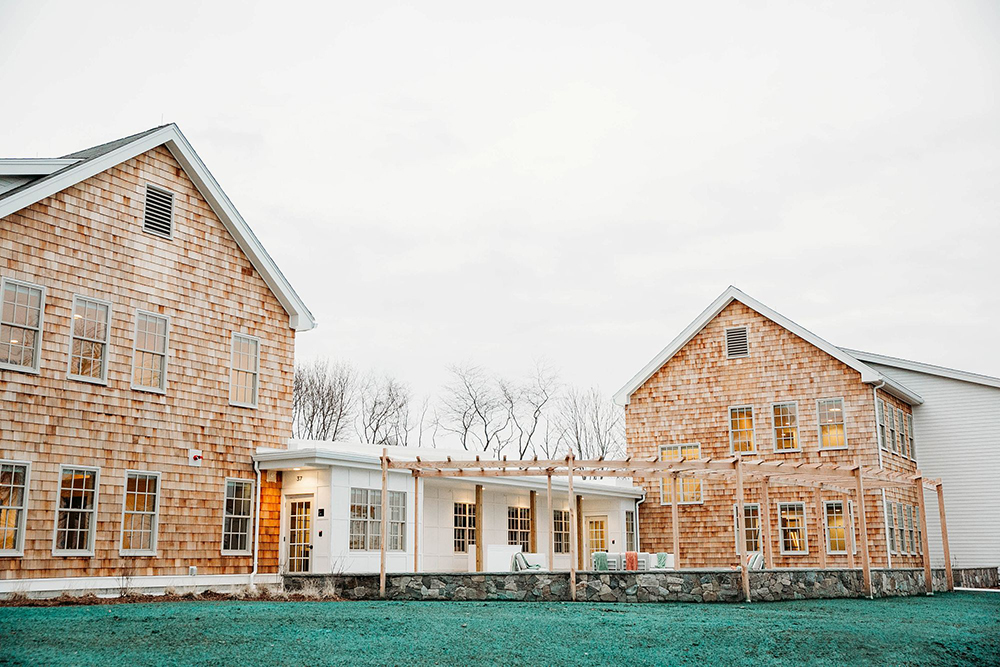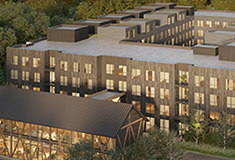News: Financial Digest
Posted: July 8, 2009
Improvement exchanges can raise some issues
In an exchange, the taxpayer must acquire replacement property of equal or greater value than the relinquished property to fully defer taxable gain. An Improvement exchange (also known as a build-to-suit or construction exchange) is one way of increasing the value of replacement property for an exchange. Replacement property value is generated in an amount equal to the cost of improvements that can be invested into and become real estate while the property is parked with an exchange accommodation titleholder (EAT).
Improvement exchanges raise the following issues: 1. Dealing with limitations caused by the forward exchange 180-day limit; 2. Investing sufficient value in the replacement property during the limited time available; 3. Documenting the amount of construction expenses; 4. Establishing that construction expenses became part of the real estate; 5. Using exchange proceeds to fund improvements to the replacement property; 6. Identification of replacement property in the "forward exchange" portion of the exchange; and 7. Using land owned by the taxpayer or a related party as replacement property.
Time Limitations: The Revenue Procedure allows an EAT to hold property for up to 180 days. If the taxpayer starts a forward exchange, the period of time elapsed on the forward exchange will decrease the amount of time to park the replacement property.
Sufficient Value: The 180-day limit makes getting enough value into the replacement property a challenge. Some properties, such as industrial properties, can be constructed in 180 days. Permitting and site work are time consuming and generate little increase in real estate value.
Construction Expenses: In a reverse exchange, the EAT is considered the owner of the replacement property. The EAT borrows the acquisition cost of the land as well as the cost of improvements. The EAT must track these expenses for tax purposes as each construction advance is made. Often, forms like AIA Form G-702 are used to approve construction advances.
Relinquished Property Funds: Taxpayer cannot receive, pledge, borrow, encumber, or otherwise receive the benefit of the exchange proceeds before the end of the exchange period. The use of exchange funds to satisfy the taxpayer's obligations on a pre-existing construction contract may be considered as giving the taxpayer the benefit of the exchange funds.
Identification: If the exchange is not completed during the 45-day identification period, the taxpayer must identify the replacement property in a forward exchange. The regulations require that the underlying land be particularly described, and that the improvements be described in as much detail as possible at the time of identification.
Taxpayer or Affiliate-Owned Land: This is a hot issue. In Rev. Proc. 2004-51, the IRS stated that a transaction in which the taxpayer owned land, leased land to the EAT upon which EAT constructed improvements, and which the EAT transferred to the taxpayer as replacement property is outside the Rev. Proc. 2000-37 safe-harbor.
Conclusion: Using exchange proceeds in appropriate situations may be significantly more attractive than obtaining a construction loan from a third party lender. In situations presenting complicated tax and legal issues, a sophisticated intermediary like Compass demonstrates its value through its ability to help you plan and complete transactions like Improvement exchanges.
Andrew Gelsen, managing director, Compass Exchange advisors, LLC, a subsidiary of Rockland Trust Co., Plymouth, Mass.
Tags:
Financial Digest
MORE FROM Financial Digest
Preservation of Affordable Housing secures $23.5 million in financing from Rockland Trust and Citizens Bank
Cambridge, MA The nonprofit Preservation of Affordable Housing (POAH) has secured $23.5 million in financing from Rockland Trust and Citizens Bank to transform a 150-year-old, underutilized church complex into housing. The project will ultimately create 46 affordable family-sized apartments.
Columns and Thought Leadership

Examples of investors who used Kay Properties for legacy and estate planning purposes for rental property/portfolios - by Dwight Kay
Preserving wealth across multiple generations requires strategic planning, foresight, and the right investment vehicles. Delaware Statutory Trusts (DSTs) offer a powerful solution for families looking to build and protect their financial legacy and to efficiently plan for their estate.

Conn. hospitality market: A technical appraisal perspective on market dynamics and valuation challenges (2019-2025)
The Connecticut hospitality market has demonstrated uneven recovery patterns between 2019 and 2025, with boutique and historic properties achieving $125 RevPAR in 2025, up 8.7% from the 2019 level. Coastal resort properties achieved a $105 RevPAR in 2025, representing 10.5% growth since 2019. Casino corridor properties maintained modest growth with RevPAR improving 4.5% to $92 in 2025.









